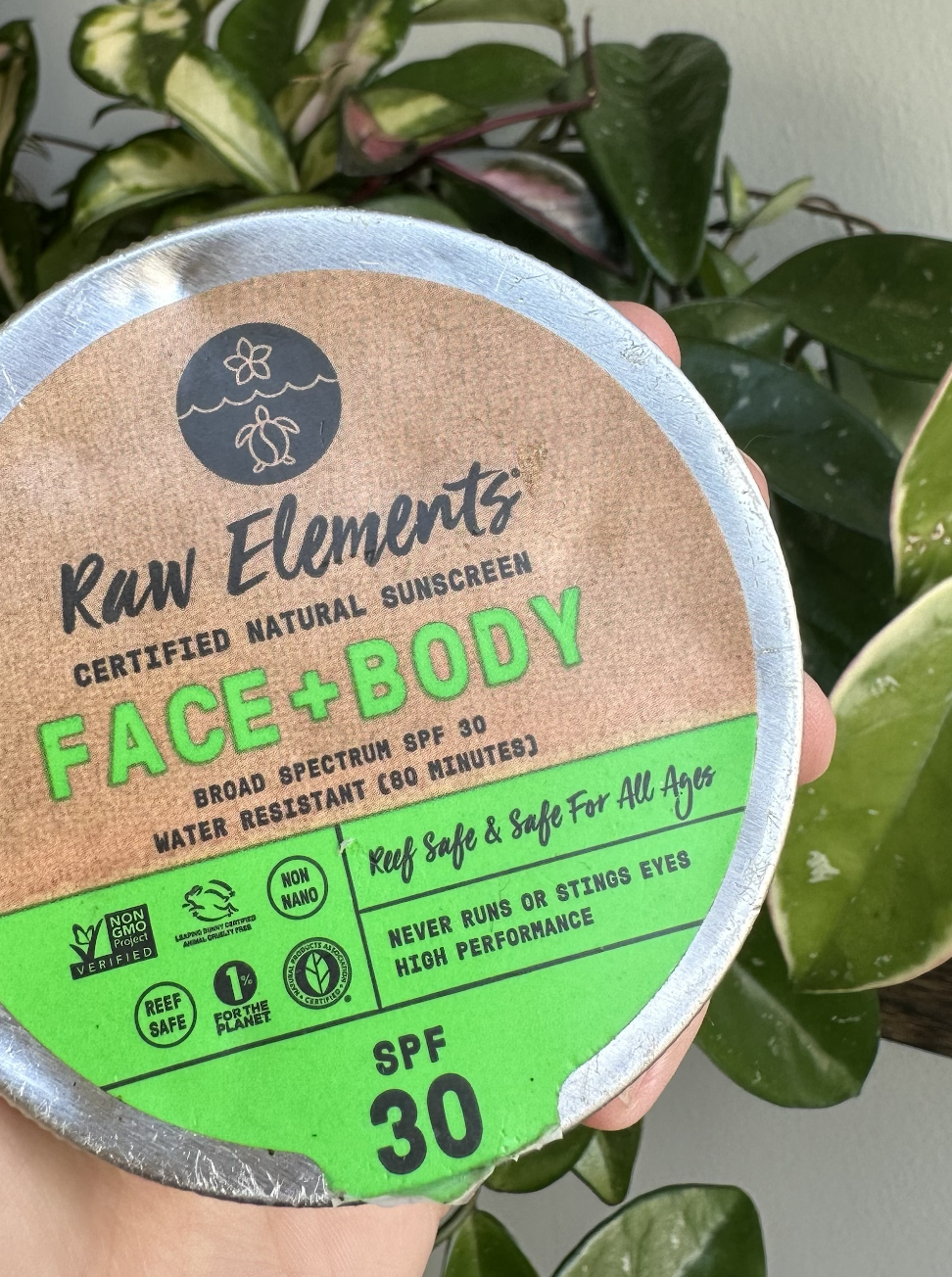
Sustainability Certifications
When it comes shopping for eco-friendly products, a lot of certifications come up and we sometimes don’t know what they all mean.
Here is your guide for the most popular sustainability certifications in fashion, food, products, and more!
That You Need To Know
Common Certifications:
CERTIFIED B CORP
A certified B Corp certification is the gold standard when it comes to sustainability. It is a certification for any for-profit organization that has met the highest verified social and environmental performance, public transparency and legal accountability. Basically companies that are meeting and making social and environmental efforts get the B-Corp Certification.
*all B-Corp certified companies have to report their environmental efforts and they are public record so you can check them out*
EWG CERTIFIED
EWG stands for the Environmental Working Group. This certification is to raise the standards for cleaning, personal care and baby care products. By obtaining this certification, that means that the brands are committing to non toxic/chemical filled products, transparency when it comes to ingredients/their labels, and good manufacturing processes. The products with this label are 100% free from contaminants and score a low hazard rating.
FAIRTRADE INTERNATIONAL
Fairtrade International is a nonprofit that promotes fair wages and working conditions in all different industries across the world, including coffee and textile production. With this certification, you can be sure that the companies you are purchasing from are responsible, empowering their workers, and protecting the environment.
CLIMATE NEUTRAL
Climate Neutral Certification is one of the most recognized/common certifications. It is easily accessible for brands to be a part of with its straightforward application process. The main goal is for brands to measure, reduce and compensate for their emissions. For every greenhouse emission a brand produces, they make steps and take actions to neutralize those emissions. The certification helps brands support climate change solutions.
FOREST STEWARDSHIP COUNCIL
The Forest Stewardship Council certification is to support all the forests and the wood, paper and other materials that come from it. Brands that are FSC certified follow forest regulations and rules to protect the land and put the environment first when making decisions.
1% FOR THE PLANET
1% for the planet is a super popular certification to have. When a brand/company has this certification, that means that 1% of their annual sales are donated to environmental organizations. These organizations include rights to nature, conservation & restoration, economies, etc. Started by one of the founders of Patagonia, 1% for the planet has given brands a chance to participate in helping protect the Earth.
GLOBAL ORGANIC TEXTILE STANDARD
The Global Organic Textile Standard is a certification that has to do with fashion and organic textile and natural fiber production. This sets the standards for how organic textiles, such as silk, hemp, wool, etc, are produced and harvested. Organic textiles are most common in beddings and furnishing industries. This certification not only changes the practices in harvesting these materials but raises awareness on reducing the chemicals that harm us and the environment.
BLUESIGN
Bluesign is super cool and has to deal with textile fabrics used for clothing. Bluesign takes a holistic approach in monitoring the journey of the product from factory to final product, the harmful chemical use, and working environments for employees. Bluesign acts as an independent verifier to ensure trust and transparency. They pride themselves on chemical control, pollution control, and more efficient manufacturing processes.
THE BETTER COTTON INITIATIVE
The Better Cotton Initiative is all about sustainable cotton farming practices and becoming economically viable. This not only includes better soil and better crops, it includes the livelihoods and wages of the farmers. They also support water stewardship and caring for their water resources, locally and globally.
CRADLE TO CRADLE CERTIFICATION
Cradle to Cradle has a mission to address the way products are designed and made. With this certification, there are 5 categories that get looked at. 1. Material health - ensuring materials are safe for the environment and for humans. 2. Product Circularity - making sure products are designed for their next use. 3. Air quality - making sure during the manufacturing process there is a positive impact on air quality. 4. Water and soil stewardship - safeguarding air, water, and soil resources. 5. Social fairness - ensuring safe and fair labor practices.
RAINFOREST ALLIANCE CERTIFICATION
Rainforest Alliance Certification is for farmers and their crops. When a farmer obtains this certification, they are practicing sustainable agriculture practices like protecting the forests, responsible land management, advancing human rights, and more. This certification is typically for food and goods like coffee, chocolate, bananas, nuts, palm oil, etc.
USDA ORGANIC CERTIFICATION
USDA Organic Certification is all about promoting ecological balance, conserving biodiversity and using natural processes and materials. This means that they prioritize conserving the wildlife and soil and not using synthetic chemicals & pesticides. They choose alternative methods to managing and harvesting crops that don’t cause harm to the environment or the people eating the food.
THE NON GMO PROJECT VERIFIED
The Non GMO Project Verified is your certification to know that your food does not contain GMOs (genetically modified organisms). By not having chemicals a part of the food you are purchasing and consuming, you are not only protecting yourself but you are preventing the chemical runoff that negatively impacts the environment.
MARINE STEWARDSHIP COUNCIL
With the most current and frequently reviewed information on the best practices in fishery management, this certification label lets you know the fish you are eating is sustainable. To have this label, there must be enough fish left in the sea for reproduction, fishing operations must maintain the function and diversity of the marine ecosystem, and relevant laws/effective management systems that allows them to respond quickly to changes in the marine environment.
References:
Christian, K. (2023, May 6). Sustainability Certifications: What do they actually mean?. The Good Trade.


















